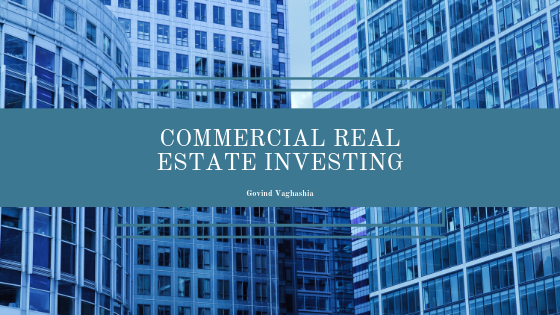Commercial real estate investing is a popular method of building wealth. If you’re interested in investing in commercial real estate, you’re not alone! Many people who have invested in traditional real estate decide to take the jump to commercial real estate. The following will help you get started by walking you through some differences between commercial and residential real estate, as well as how to apply for a loan.
What is Commercial Real Estate?
Commercial real estate is normally rented out for retail or business purposes. While traditional real estate investors buy and lease space to residents who live in the space, commercial real estate investors develop and rent property to businesses. There are five main categories of commercial real estate: office, industrial, retail, multifamily, and special purpose.
How to Get Started
Before you get started in this new industry, it’s important to do your research. Make you sure understand the differences between residential and commercial real estate. One important factor to note is that income from commercial real estate is typically related to usable square footage. Location and your intended tenant type are also extremely important.
You also need to be able to calculate the correct success metric. One of these, net operating income, is equal to all the revenue and costs from a specified property. This will give you a rough estimate of how much you’ll make from your investment after subtracting all the operating expenses. The cap rate, or capitalization rate, will give you an idea of your future profits or cash flow. Another important formula, cash on cash, will help you generate a rate of return on your transactions. This will be especially helpful if you rely on financing to buy your property.
Applying for a Loan
You’ll also have to get a commercial real estate loan in order to purchase your property. One of your first choices will be whether you want to apply for a loan as an individual or an entity. If you’re new to commercial real estate and don’t have a credit history, your lender will likely require investors who can guarantee the loan will be repaid.
Commercial and residential mortgages have several differences. Unlike residential mortgages, commercial loans aren’t supported by government agencies. Commercial loans also last for shorter periods of time, such as five to 20 years.
When your lender is deciding whether or not to fund your venture, they will normally consider a property’s loan-to-value ratio. This works by comparing the value of the loan to the value of the property. For most commercial loans, the loan-to-value ratio ranges from 65 to 80 percent. The lower the figure is, the better financing rate you’ll receive.
Another figure your lender will consider is the debt-service coverage ratio (DSCR). This calculation reflects how your property would be able to service a debt. It works by comparing the property’s net operating income to its annual mortgage debt service. Most lenders look for a DSCR of at least 1.25.

